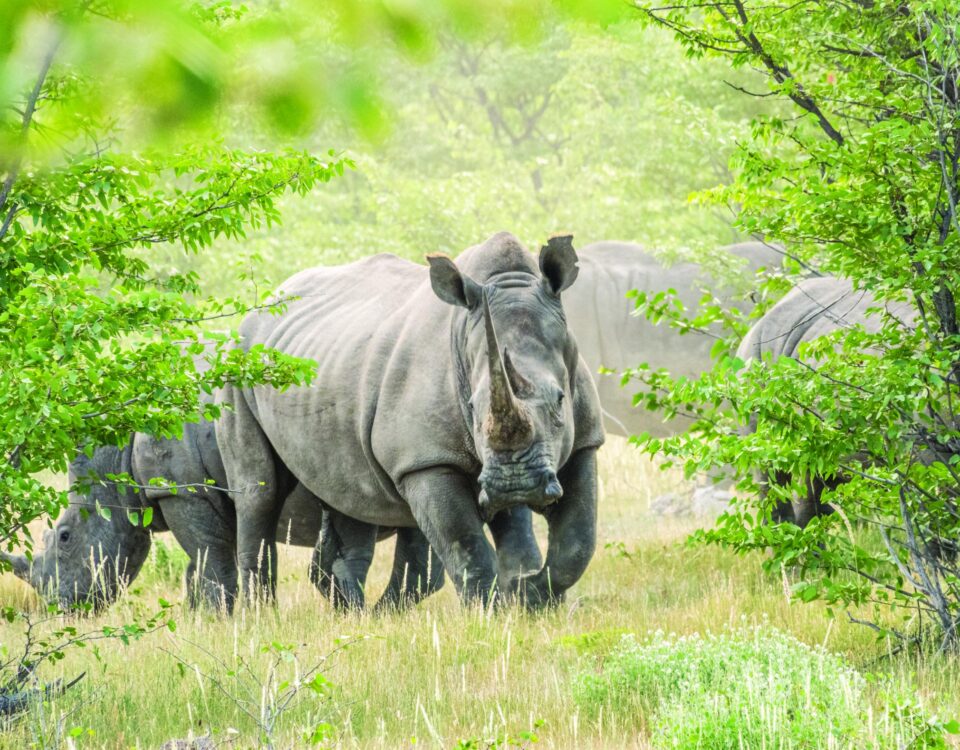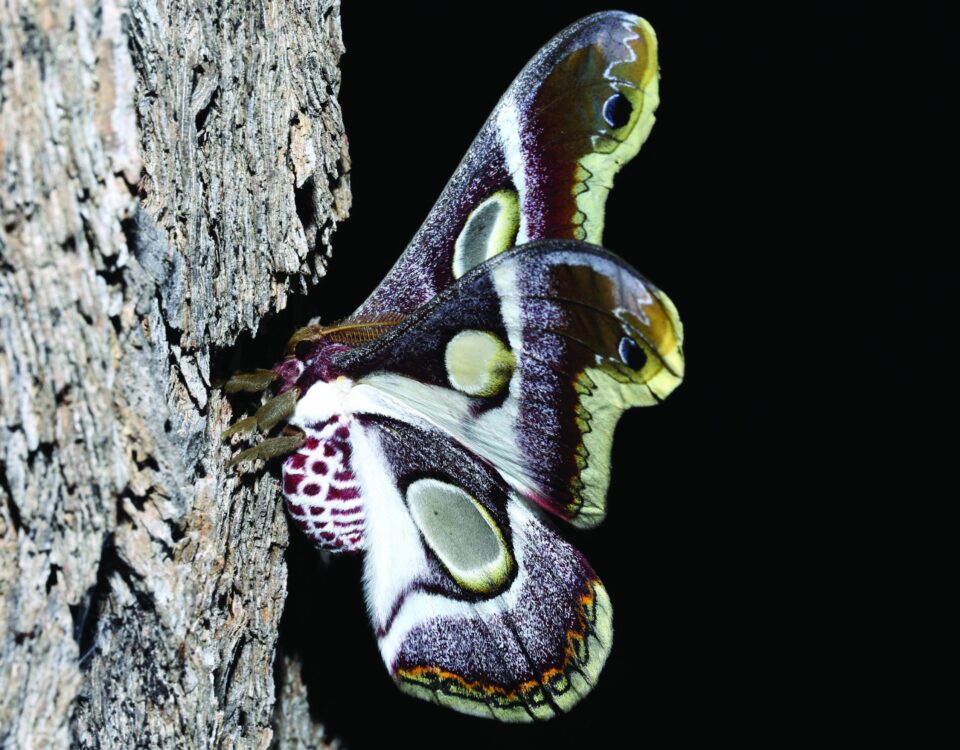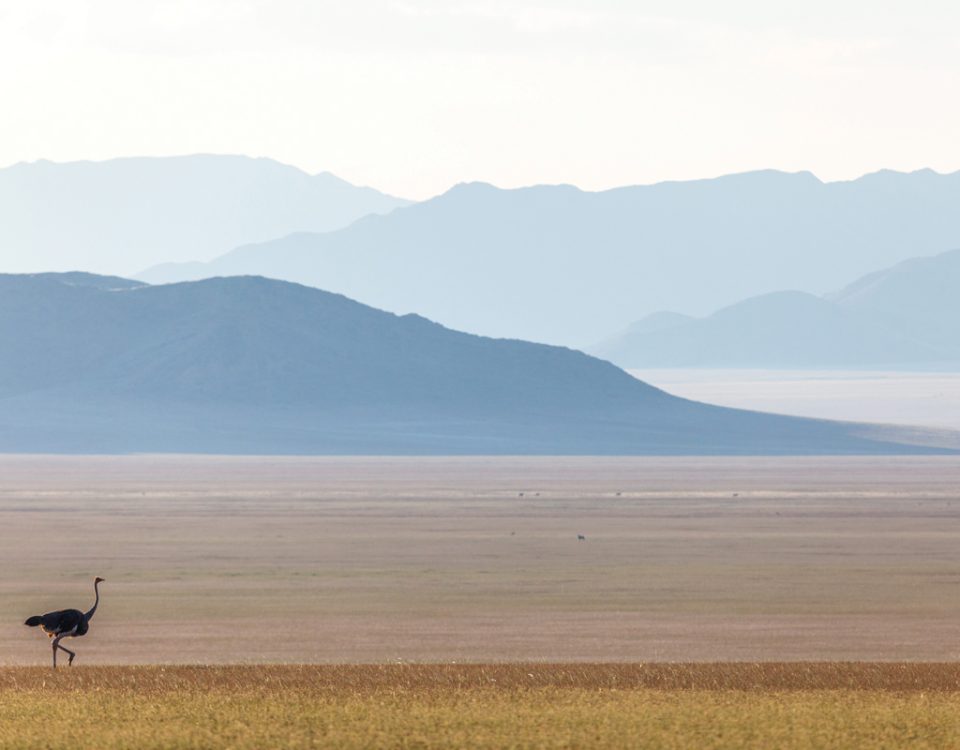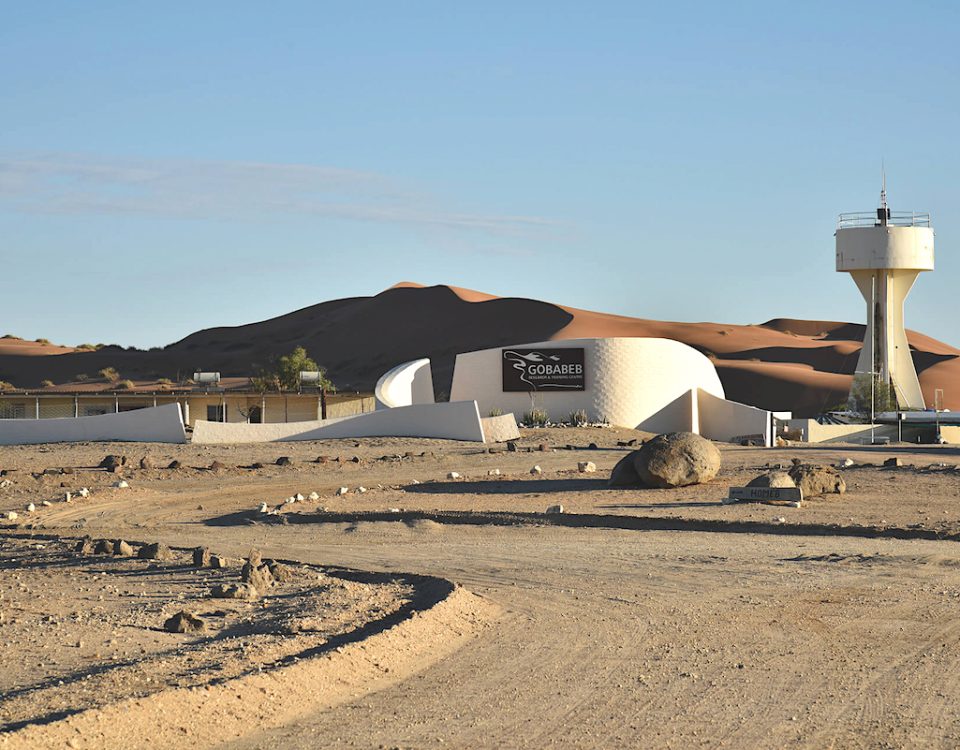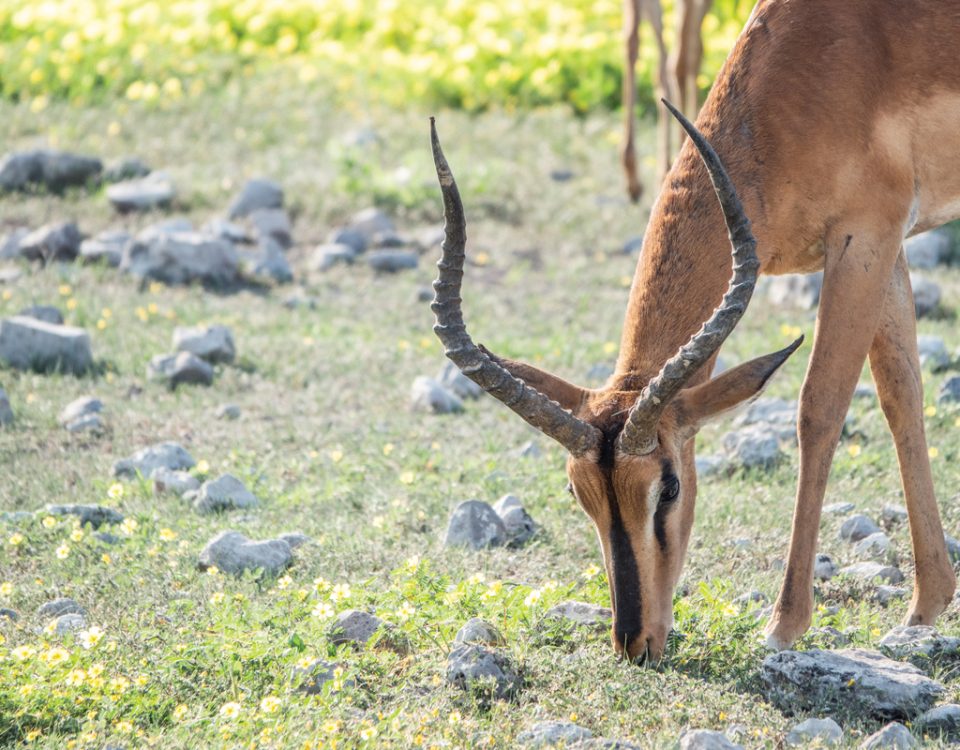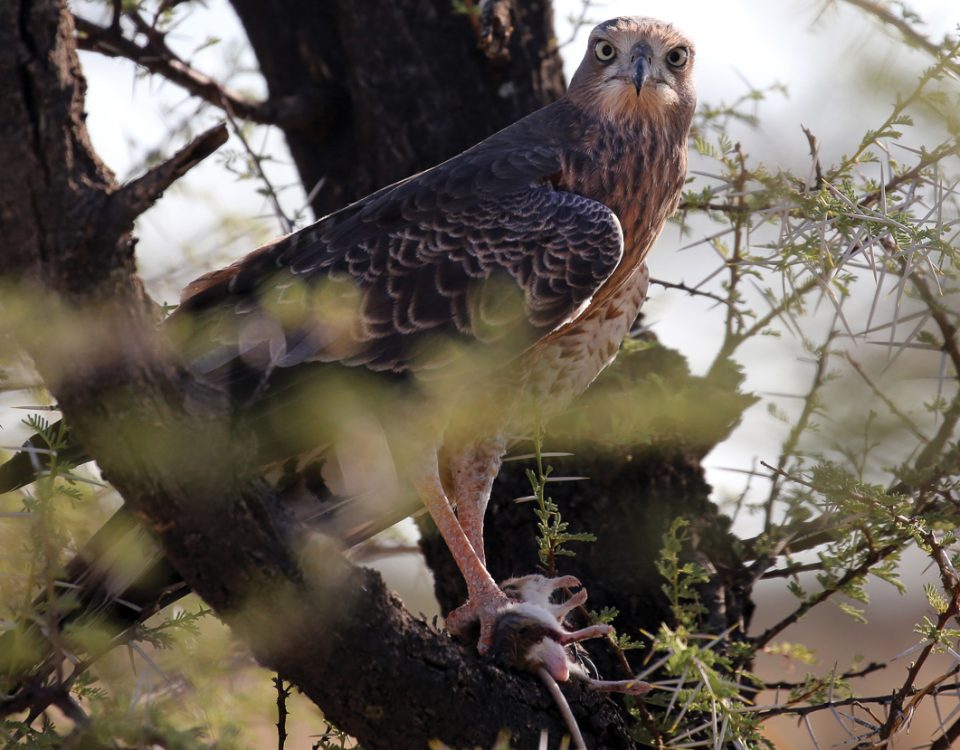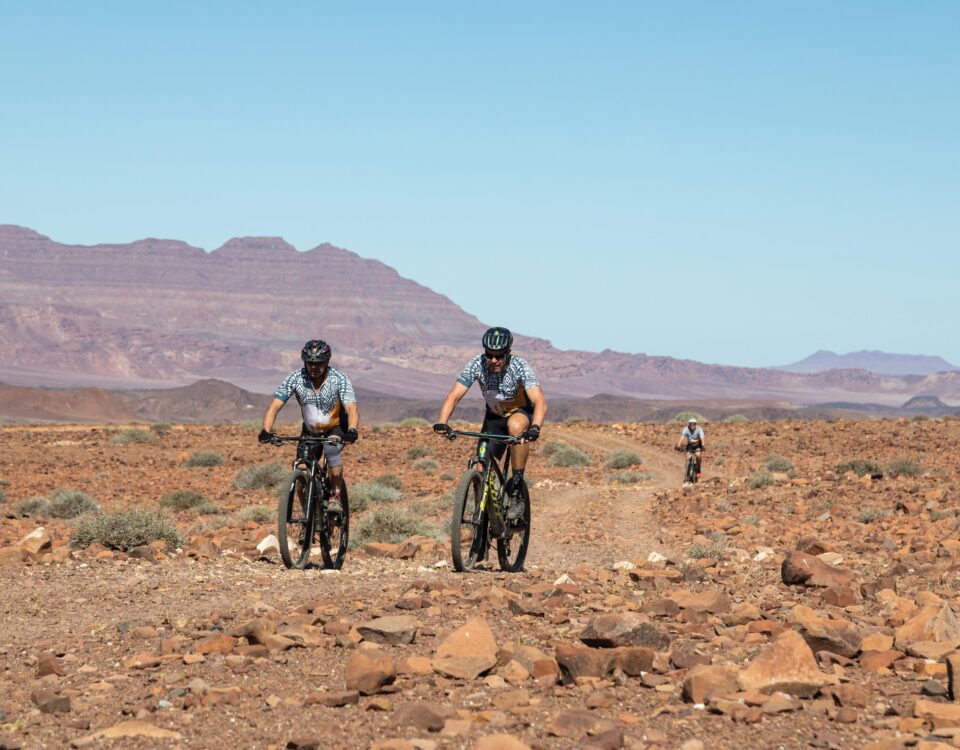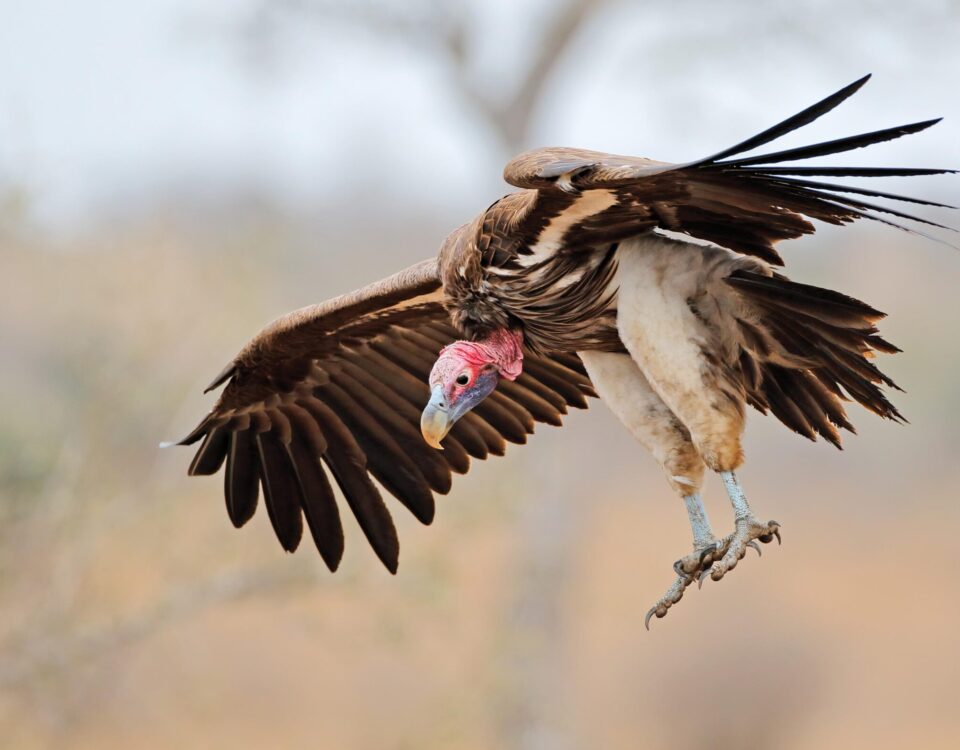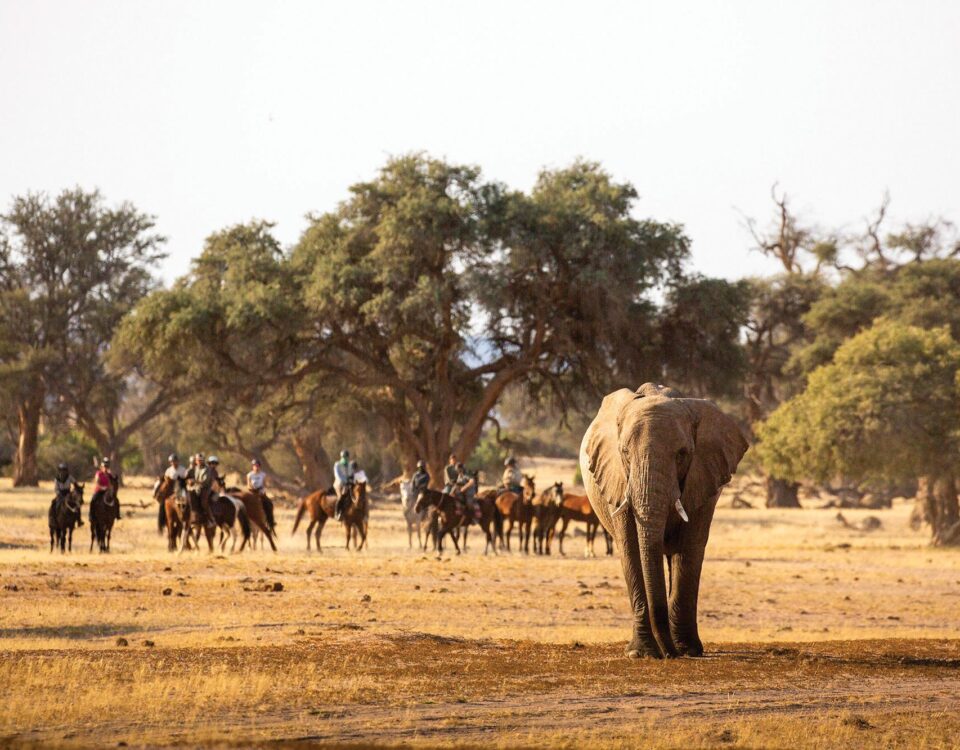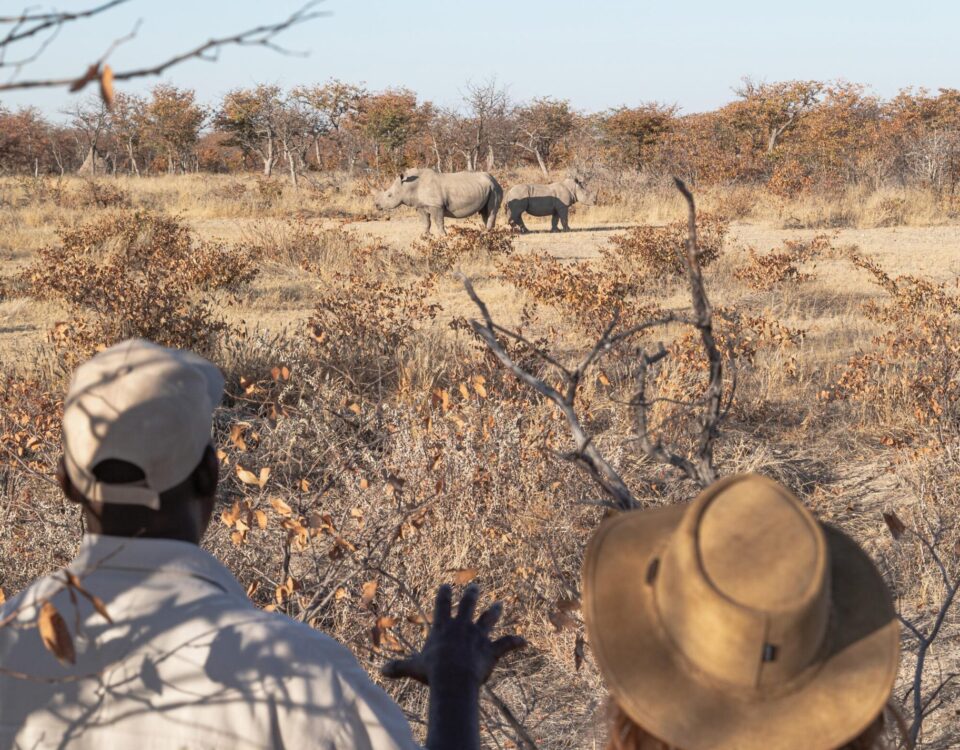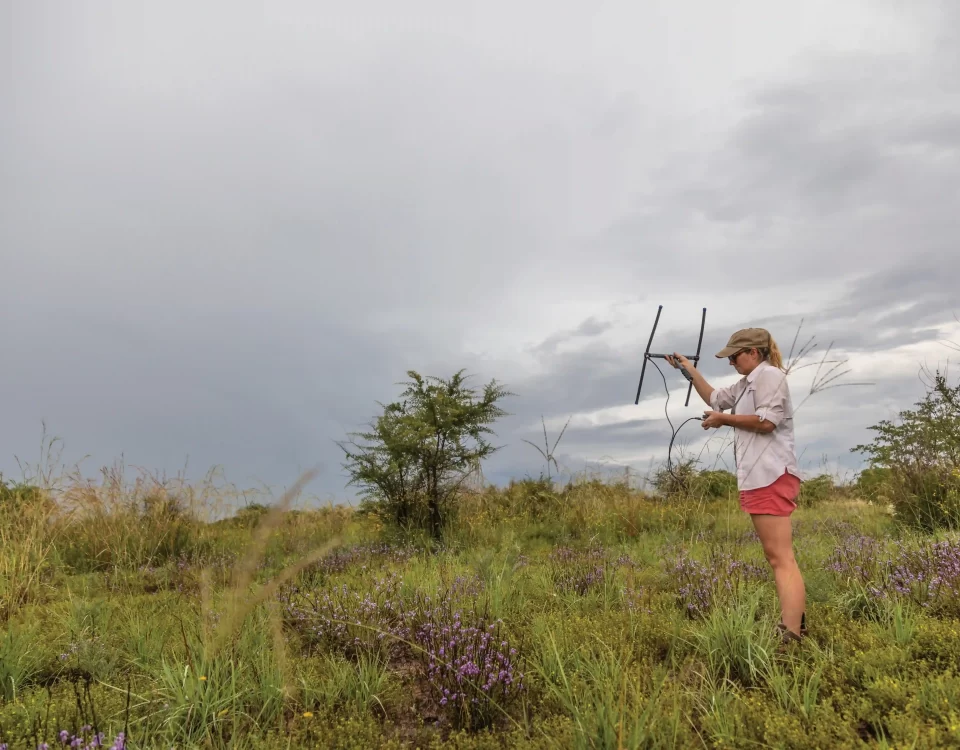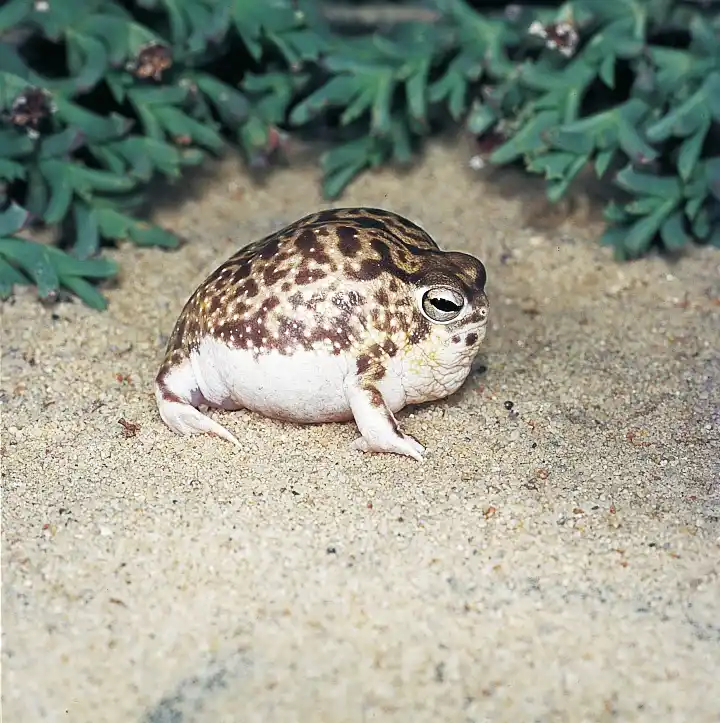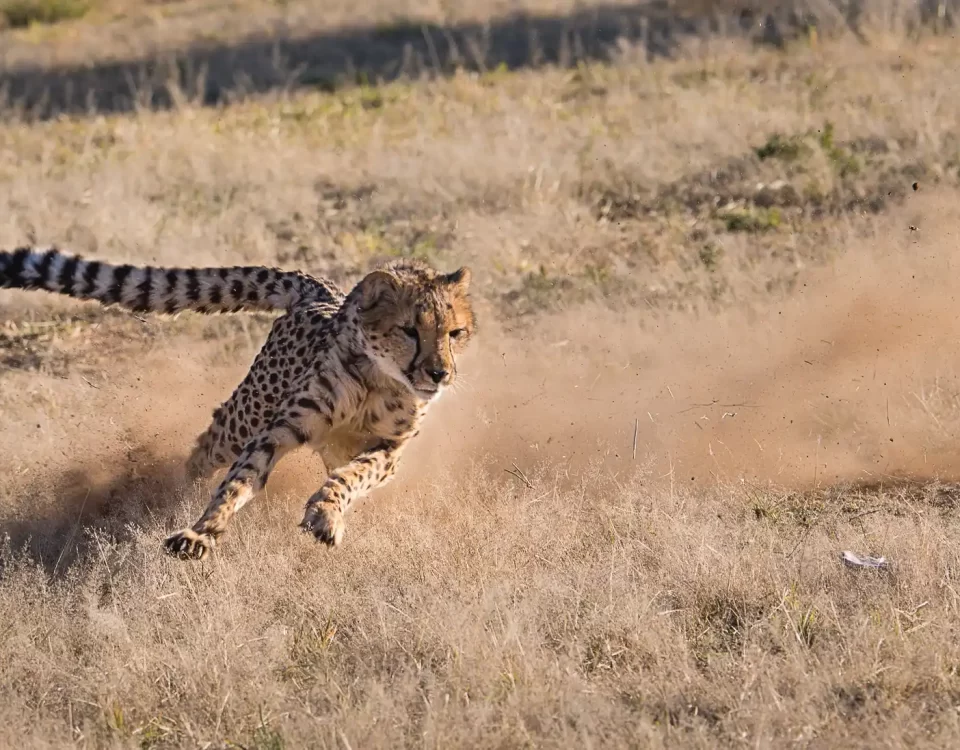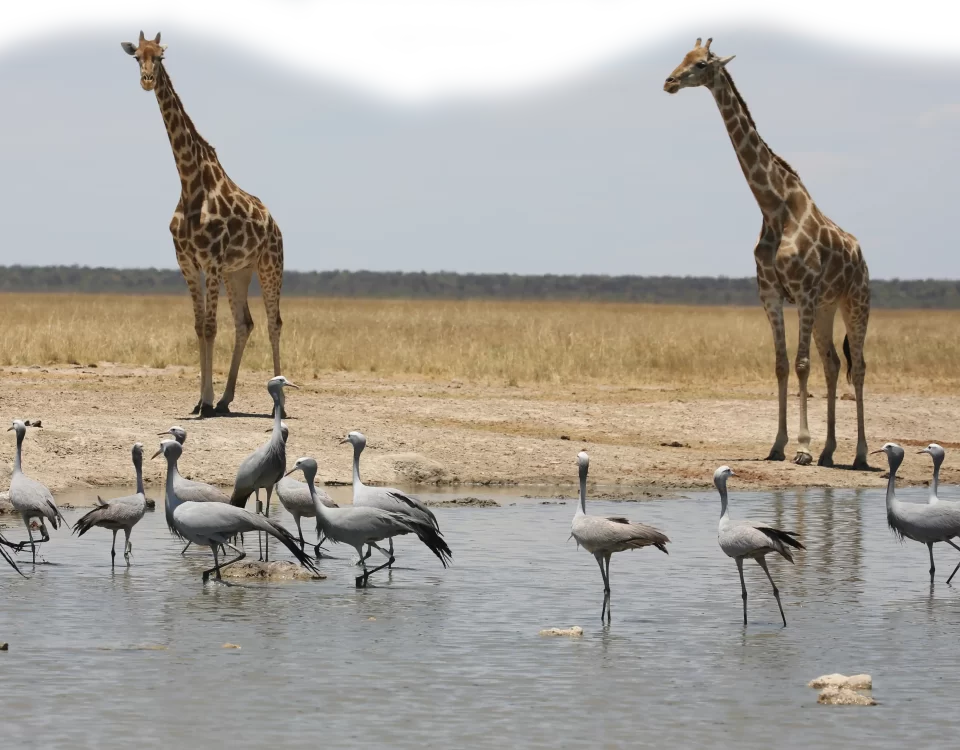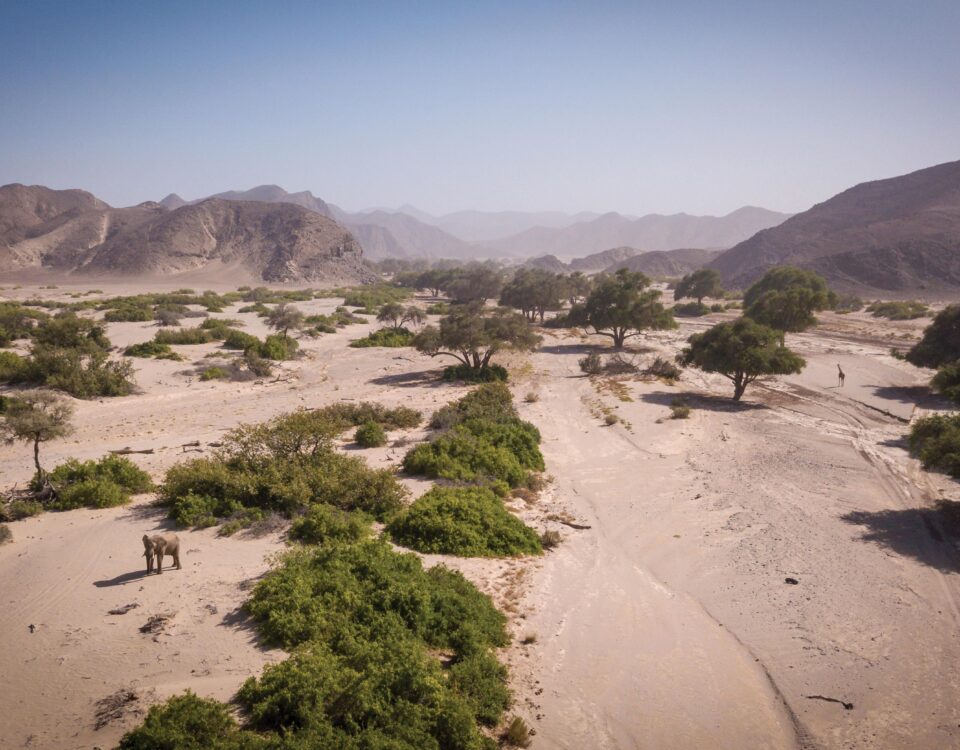[vc_row][vc_column][vc_column_text]
News Adventure Birding Books Culture Destinations Flora Photography Seasons Things to Do
[/vc_column_text]
June 21, 2023
Namibia is a leader in rhino conservation, boasting the largest population of black rhinos in the world. Namibia's success is attributed to various efforts, including community-based initiatives, anti-poaching programs, and breeding schemes. Notably, Namibia’s pioneering “rhino trophy hunting” program generates significant revenue for conservation by allowing the hunting of a limited number of non-breeding animals. Programs like the Black Rhino Custodianship, government actions against wildlife trafficking, and the involvement of the tourism industry also contribute to rhino protection.
June 21, 2023
They are nature’s flying nocturnal artworks, short-lived, some well-known but others secretive and little-known, often overseen and attracted to light. The adults do not feed at all, and the larvae – caterpillars – are very selective regarding their food plants. A few species are a valuable food source for humans, such as the so-called “mopane worms”, whereas of some species the caterpillars and food plants are not yet known.
March 7, 2023
Wildlife Delight: Your Comprehensive Checklist for Namib-Naukluft National Park's Birds, Mammals, Reptiles, Insects, and Scorpions. Uncover the park's rich biodiversity, must-see species, and best viewing areas. Prepare for an extraordinary safari experience amidst stunning desert landscapes.
March 7, 2023
Discover the legacy of Gobabeb Namib Research Institute: 60 years of pioneering arid ecosystem research in southern Africa. Uncover the fascinating diversity of desert organisms and how they adapt to extreme conditions. Globally recognised for quality desert research and scientific endeavor.
March 3, 2023
Etosha National Park ranks among Africa’s top game parks and is renowned for its outstanding game viewing. The fascinating stories behind some of Etosha’s game species have, however, disappeared over time. Willie Olivier looks to rediscover some of these stories.
December 5, 2022
Encounter Pale Chanting Goshawks, Namibia's common raptors. Learn about their habits, ringing history, and stunning sightings.
September 1, 2022
The RMB Ride for Rhinos is an annual cycling event aimed at creating awareness of the tireless yet determined combined patrols done by Save the Rhino (SRT) trackers, rhino rangers (members of the local communities) and members of the Namibian Police. The event not only gives riders a tiny taste of the hardships endured by these individuals but it is also a means of raising funds for the ongoing conservation efforts by SRT. Le Roux van Schalkwyk goes along on the adventure.
September 1, 2022
I was hoping I would spot a Pygmy Falcon on my last trip to the Namib-Naukluft Park, Namibia’s largest conservation area. Small, spirited and snow-white, the bird appeared as misplaced as an Edelweiss flower in the desert. The Pygmy Falcon soared like a white star, in stark contrast to the dry riverbeds, gravel and grassy plains.
September 1, 2022
The uproar in the Namibian tourism industry as a result of the poisoning incident was a direct reason for stakeholders to open the dialogue. The consensus towards the end of the meeting was overwhelming: an organisation was needed to strengthen the relationship of the tourism industry with communities and conservation organisations. That same year, Félix founded the Tourism Supporting Conservation Trust which has become known as TOSCO.
September 1, 2022
Crisp winter air hangs over the horizon, creating a soft white filter for every tree and hill. Looking down, you see a veil of yellow and orange mopane leaves crushing softly under your feet. In a single file line, you tread lightly, one foot in front of the other, so as to not disturb the life that surrounds you, or the black rhino spotted at the lodge’s subtly lit waterhole the previous night.
June 29, 2022
Despite being the most trafficked animal in the world, there is surprisingly little known about pangolins.
June 1, 2022
Not many people can claim that a rain frog was named after them – even fewer can assert that they were once almost arrested for searching for one – in a desert of all places. Let me introduce you to the world of frog expert Vincent Carruthers.
June 1, 2022
When American scientist Dr Laurie Marker launched the Cheetah Conservation Fund (CCF) in 1990, she had no idea where this new adventure would take her. A zoologist from California, she learned about threats to a declining wild population while conducting in situ research in Africa in the late 1970s and through the 1980s. Dr Marker routinely travelled to Namibia and other cheetah-range countries from her positions with Wildlife Safari and the Smithsonian Institution’s National Zoo to study the habits of the world’s fastest feline. But it’s what she learned about human behaviour that shocked her. Habitat loss, loss of prey, and conflict with livestock and game farmers put cheetahs on the fast track to extinction. Livestock and game farmers were shooting, trapping and removing hundreds of cheetahs each year – more because of perceived threats than actual predation. She realised if no one would soon intervene, the cheetah might be lost forever.
June 1, 2022
According to unconfirmed reports the Namibian blue crane population is seriously threatened because of poaching.
March 20, 2022
In Damaraland you don’t measure a trip from here to there in distance; you measure it in time. Forged from an outpouring of lava some 130 million years ago and then exposed to millions of years of erosion, fluvial drainage, sun, wind, temperature extremes and seismic activity, the landscape is so rugged, it ranks as one of the harshest terrains on our planet. In this regard, the extreme terrain acts as its own fortress, a barrier to outsiders and a haven for those that can adapt to live within this land of sun-baked basalt and hardship. The wildlife that has forged a life in Damaraland’s mountains and valleys is unique, not in their physiology, but in their generational knowledge – survival messages passed on from old to young – which enables them to survive the very extremes of life itself.

